The Meeple Mountain team has committed to go back in time quite a bit lately, with reviews of games we haven’t previously covered which are currently in the BGG Top 100 games of all time.
I’ve had the chance to play Viticulture (2013, Stonemaier Games) in person only a few times, but between Board Game Arena and the paid app on my iPad, I’ve played Viticulture another 30-40 times. So, not a ton, but plenty enough to discuss where I land on it. As one of my initial worker placement experiences, I am surprised how well Viticulture still works, despite some pretty glaring flaws (flaws to me, at least). In preparation for my upcoming review of Viticulture World, I went back to get a couple more plays of the original before writing this review.
Viticulture still works, because the theme still works and I love how wine moves through the game’s cycle, from planting a vine to filling orders for customers. Those cards, though? There’s a reason we have Viticulture: Essential Edition.

Crush Pad
Let’s be honest—if you have found us here at Meeple Mountain, you are a fan of “the hobby”, as my colleague Andrew Lynch likes to remind us. And if you are reading this review, there’s a 90% chance (higher, maybe?) you already know how to play Viticulture.
So, let’s start there: as Viticulture approaches its 10th anniversary, it’s still a hallmark in thematic game design. You get a certain number of workers to make wine, and you place those workers on actions tied to the current season of that round. All the actions make sense, and all are vital to play: building out your property with buildings that will make your business more reputable (points are aligned with your vineyard’s reputation), hosting tours or selling fields to make money, and harvesting fields in the winter to get grapes onto your crush pad, before making wine by combining the proper ingredients.
I’m still impressed by how well the game makes sense, even to those who play games only occasionally. Recently, I had to reteach the game to myself to prepare for Viticulture World. Even after a single play on my app, it was like getting back on the bike for the first time in years. But, once I got some of the base game’s rhythms down again, it was relatively smooth to sail back into Viticulture.
Variable setups, in the form of “Mamas” and “Papas”, set the stage. I’m also thankful that Viticulture World breaks the need to have a male and a female running the business to offer more choices to gamers who were hoping for ways to see a version of themselves and their real-life partners during gameplay.
I also still love the way the game sets up each round with the “Wake Up” bonuses dictating turn order. You want an extra worker? No problem, but you’ll be taking actions last. You’d like to go before everyone else, but can you risk taking the third slot (the free Wine Order slot) when there’s a chance your neighbor might want to go first and take no bonus at all? Even now, that tension still might be my favorite thing about the actions in Viticulture: going first and getting a bonus on the worker placement spot you select might be the difference in that round, maybe even the game.
(This is also why I remembered during a recent play that I don’t like Viticulture at two players: the small but surprisingly juicy bonuses for each action are only available in games with 3-6 players. The game is still tight, but I love the bonuses too much to play without them. On the flip side, I also can’t imagine playing Viticulture with six players. My sense: too much downtime, in a game that I think can play breezily at four players in under two hours if everyone knows what they are doing.)

The Crescendo
Viticulture is a slow burn; the first few rounds don’t lead to much in the way of scoring, with some players scoring a point in a round only because they took the one-point Wake Up Bonus, and others scoring because they filled a small Wine Order card in the third or fourth round.
But then you start to see it: one player has hoarded a few cards with the purple back (Wine Orders), and that same player has a couple of value 6 wines in red and white, plus a sparking wine at value 7. They also have a few grapes on the Crush Pad that could quickly be turned into a “blush” wine that might score another card. And they just took their Fall bonus, with four workers left in their supply to take Winter actions.
Oh boy.
How many games of Viticulture have you played where your neighbor has, say, eight points, then scores 10 points in one round to suddenly sit on the doorstep of victory? How many times has someone had 15 points but filled two orders and played a winter visitor card to score another 10 points? I’m not sure I have ever played a game of Viticulture where a player scored a point or two each round and ended with 20 points (the game’s end-game trigger) by grinding their score up the track slowly all game long.
It feels like there’s always a big round of scoring as everyone inches towards the 15- or 16-point mark, a crescendo leading to a river of points as everyone saves up for the big finale. This is one of my issues with Viticulture, an issue that might be fixed in Viticulture: Essential Edition, or maybe with the Tuscany expansion; Tuscany is required for maximum enjoyment of the game according to the majority of my Viticulture fan friends.
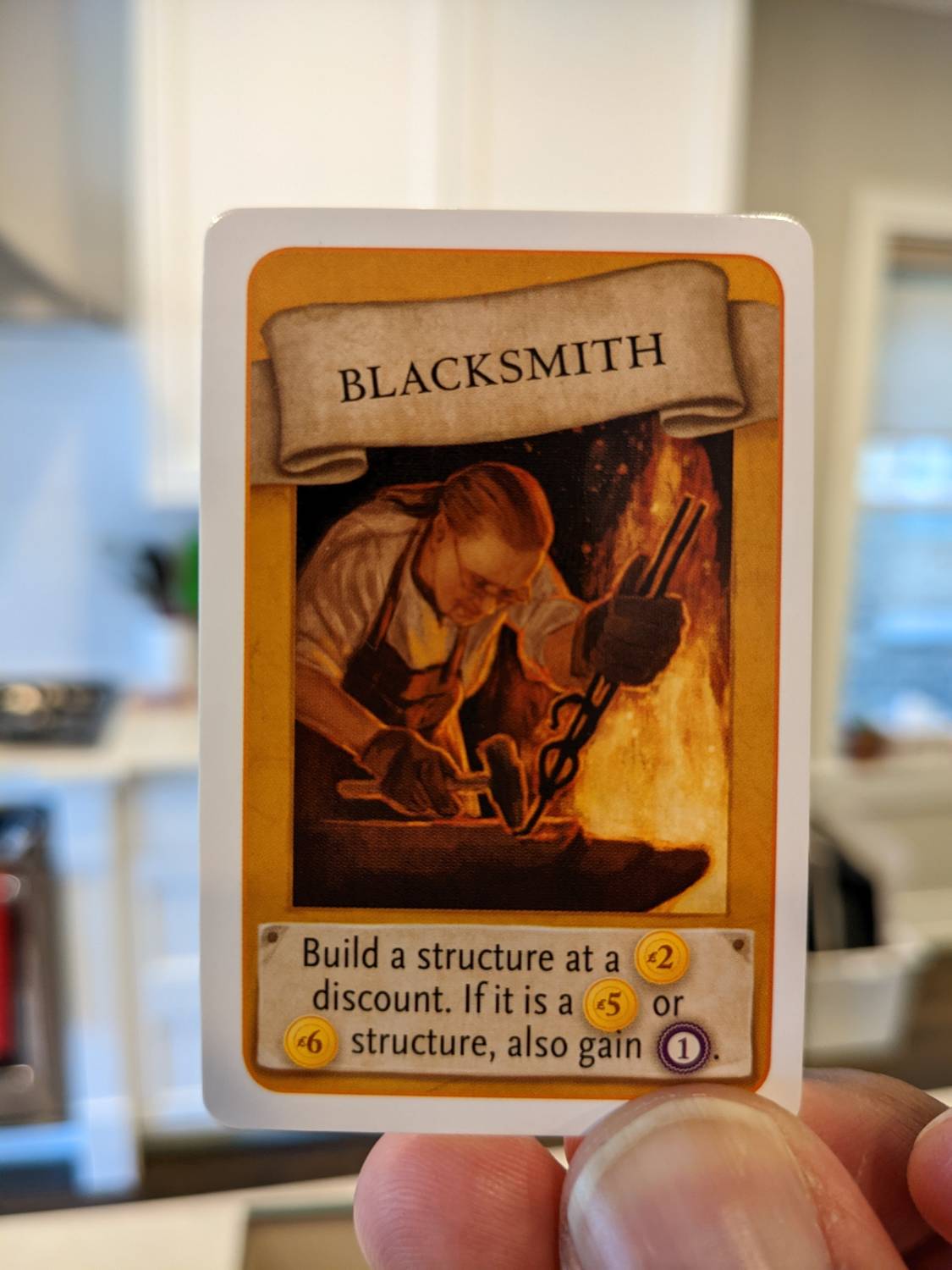
But My Main Issue Is…
…the card draw.
There’s no getting around it: the card draw in Viticulture is absolutely the worst thing about the game. Sometimes, I have been the beneficiary of this draw, because I’ve drawn yellow summer visitor cards that have leaned perfectly into my needs for that round. Other times, I have played games where I have elected to take winter visitor cards, only to find that most of their benefits would help only when I have more fields or more wine ready to make orders, so I have to sit on them for a longer stretch.
Although the vine cards are sometimes the main offender here, the wine order cards are without a doubt the main reason why I have hurled profanity at the ceiling when playing Viticulture.
In some games, you’ll get lucky, and draw order cards that can be filled quickly, allowing for a small scoring bump plus the residual payments which serve as income between rounds. But sometimes (or every time I can remember while writing this article), I will draw the wine order card that requires a value 3 white wine and a value 8 sparkling.
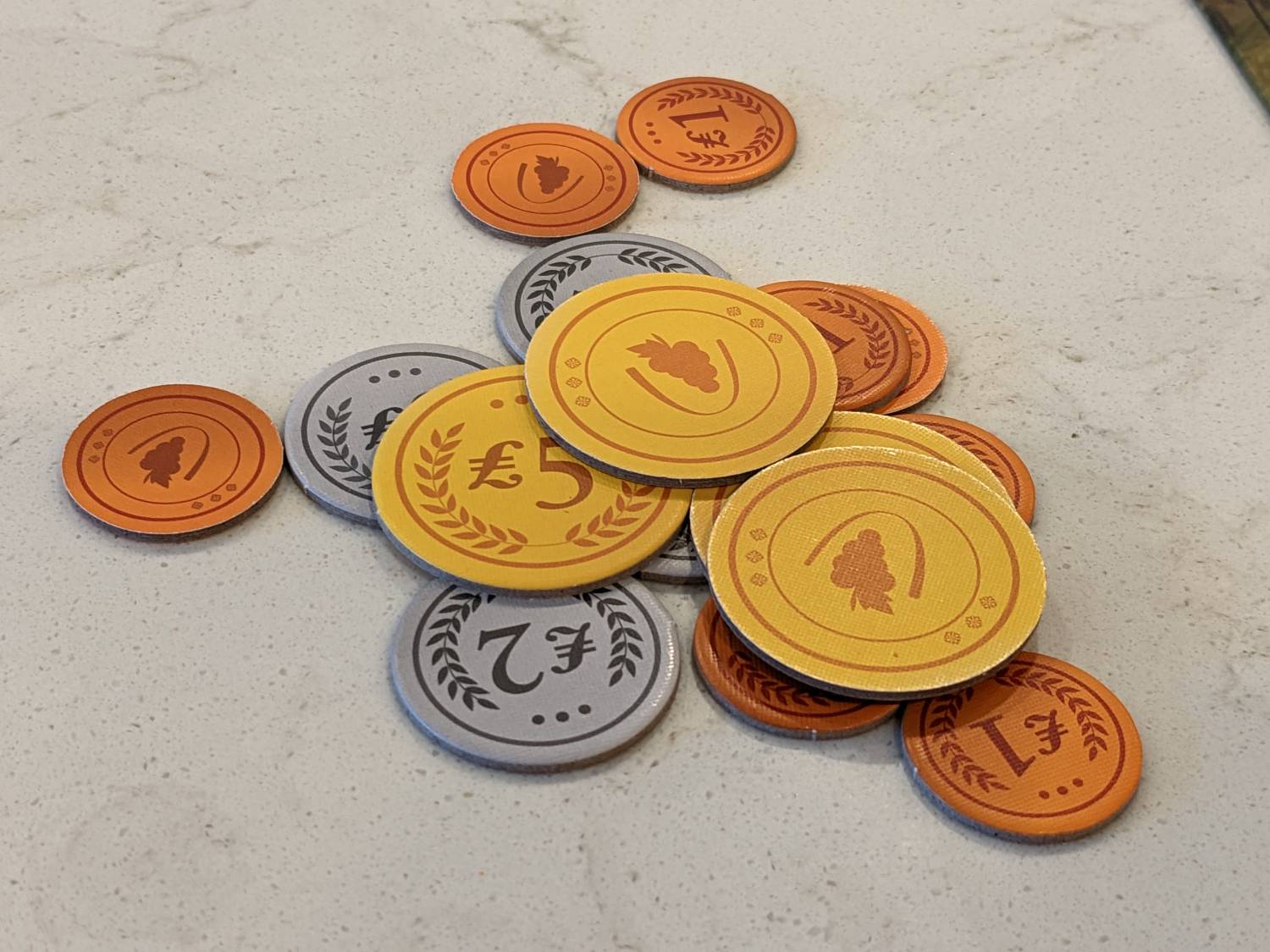
If this is your first wine card of the game, you’re gonna need more wine order cards. And if you keep drawing hard ones to fill, you are going to be in trouble quickly. How many more actions will you need to take to find orders that will give you what you need?
Filling wine orders is not the only way to score, but in Viticulture, you’re going to be hard-pressed to win without filling at least a couple of orders.
I am told that Tuscany fixes some of these issues; many other games that I enjoy replace top-decking with a market row of cards to provide more agency to players, so that randomness doesn’t destroy a perfectly fine strategy game.
But when I first started playing Viticulture, this was always my verdict: I enjoy it, as long as I don’t get hosed by the card draw.
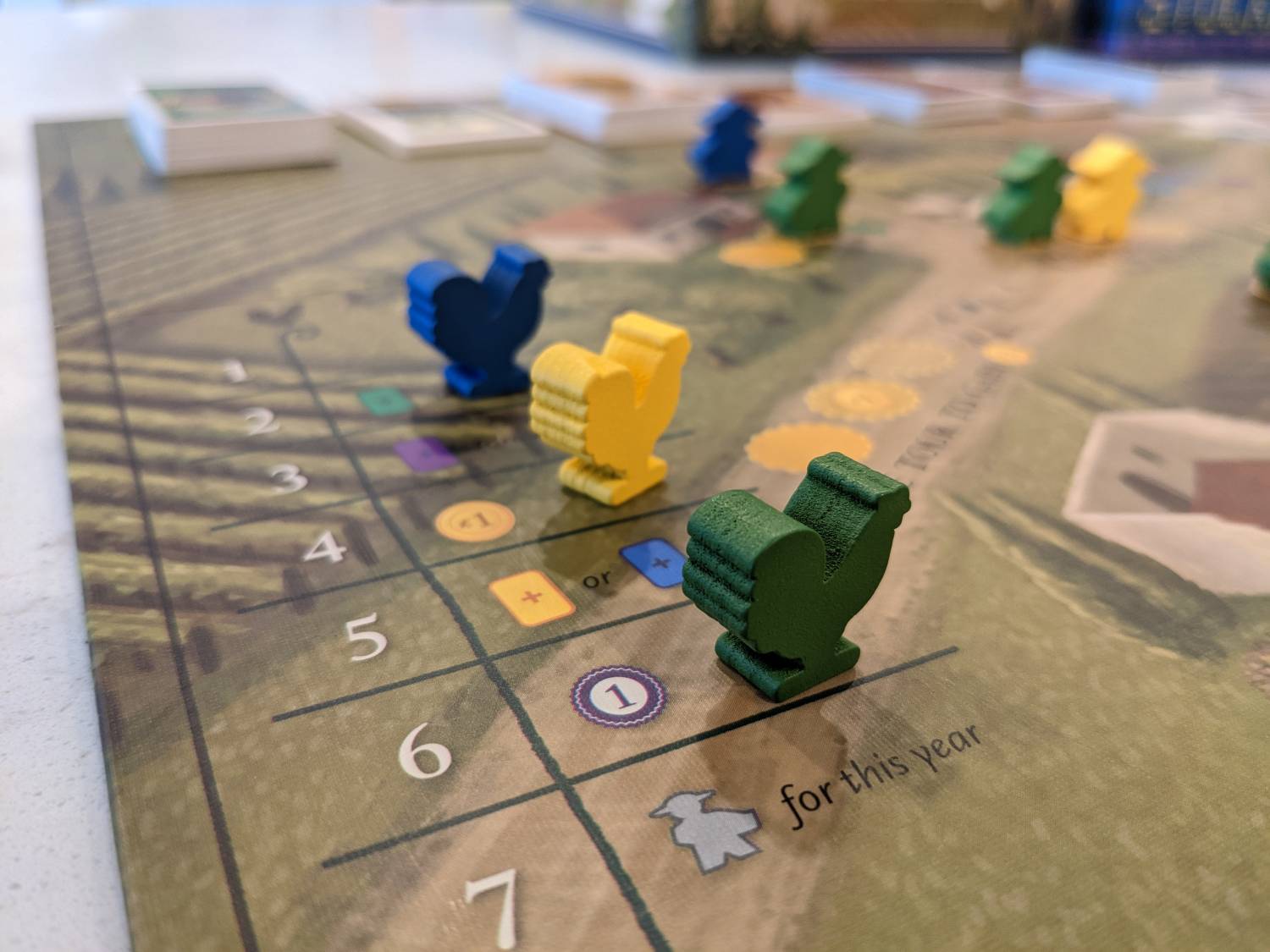
My Second Favorite Game About the Wine Business
Viticulture is a great game. I feel like I’m making wine—and I’m certainly drinking wine while playing—and despite my issues with the cards, it’s a game that I will always play if presented with the opportunity.
Unfortunately for Viticulture, it is not Vinhos: Deluxe Edition. In the Bell household, there can only be one game that makes it to the table regularly about wine, and that game is Vinhos: Deluxe Edition (the 2016 version, of course). While both games make me feel like I’m out there making wine, I like the puzzle of Vinhos: Deluxe Edition a little more than the puzzle of Viticulture.
In playing Viticulture in person recently, I was really struck by how much I love the artwork by Beth Sobel and the overall clean lines of the worker placement spots and the iconography. While I still can’t quite distinguish the medium cellar from the large cellar wooden pieces, the player boards and iconography of Viticulture still really shine and I’m shocked by how much quality production you get with the Viticulture: Essential Edition, a game that can be had for under $50 at many retailers.
I already know that Tuscany fixes most of my issues with the game, so I’m sure I will spend time at some point with the expansion to get to know it a little better. There is no shortage of Viticulture fans out there so it’s a game that gets tabled in my groups from time to time. I’ll be gifting my copy of Viticulture World to the friend who most recently let me use his copy of Viticulture: Essential Edition, so I know I’ll get the chance to see this beauty on the table quite soon!


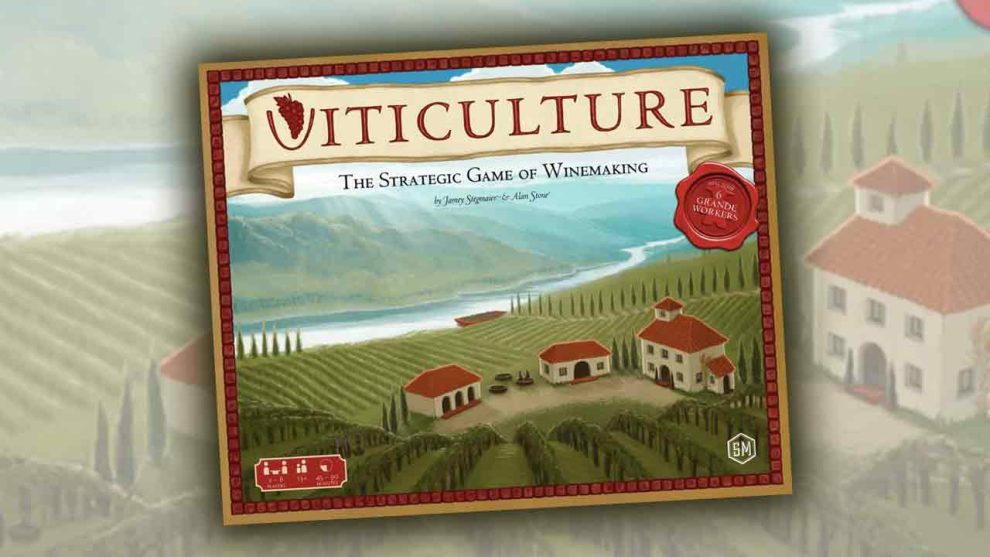




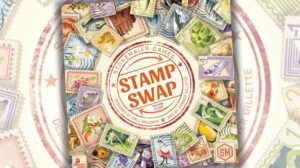




Add Comment